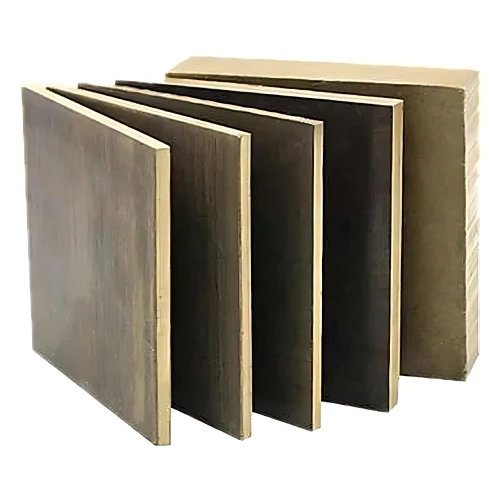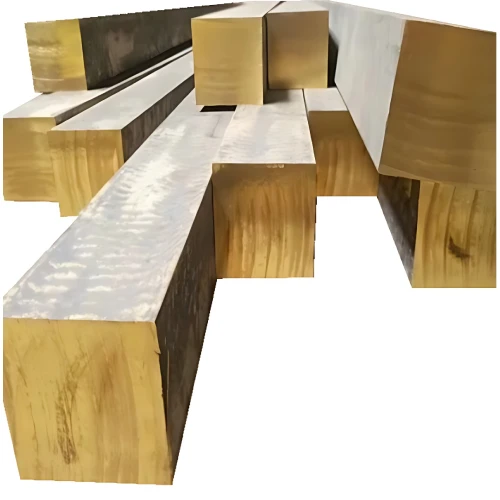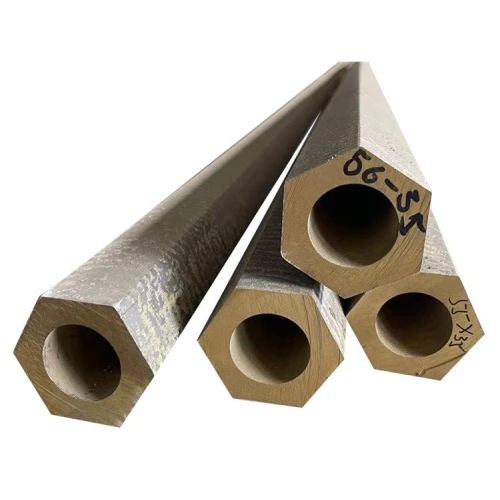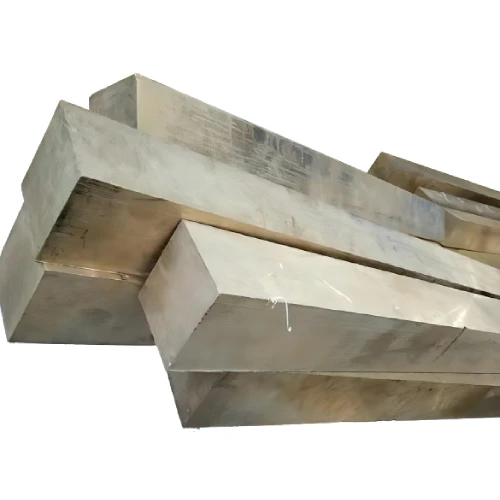C86700: High-Strength Leaded Manganese Bronze for Wear Resistance
C86700 is a copper alloy belonging to the leaded manganese bronze family. It's known for its exceptional
strength, good wear resistance, and machinability due to the presence of lead. However, similar to other
leaded alloys, its use might be limited due to environmental and health concerns.
Table: Key Properties of C86700
| Property |
Description |
| Chemical Composition |
- Primarily Copper (Cu): Minimum 55% <br> - Tin (Sn): Up to 0.6% <br> - Lead (Pb):
Up to 3% <br> - Manganese (Mn): 3.5-4.5% <br> - Other (Fe, Zn, etc.): Trace amounts
|
| Mechanical Properties |
- High tensile and yield strength <br> - Good wear resistance <br> - Excellent
machinability due to lead content <br> - Fair corrosion resistance
|
| Common Brands (By Country) |
- Europe: CuMn3.5Pb [Europe] <br> - US: Leaded High-Strength Manganese
Bronze
|
Important Note: Due to the lead content, regulations and availability of C86700 might be
limited. Consult with suppliers regarding lead content compliance for your specific application.
Common Questions and Answers:
What are the typical applications of C86700?
C86700 finds use in various industries due to its good combination of strength and wear resistance:
Gears: High-strength gears, particularly for medium-load applications, can be made from
C86700.
Bearings and bushings: In applications with moderate to high loads, C86700 can be a
suitable choice for bearings and bushings.
Wear plates and liners: Industrial machinery can benefit from C86700's wear resistance
for wear plates and liners.
Propeller shafts: While not ideal for saltwater environments due to lead content, C86700
can be used for propeller shafts in less corrosive environments.
What are the limitations of using C86700?
The main limitations of C86700 are:
High lead content: Lead is a health hazard during machining and limits applications in some
industries due to environmental regulations. Due to the high lead content, regulations and availability
might be limited.
Fair corrosion resistance: C86700 is not ideal for applications with severe corrosion.
Not ideal for high temperatures: The mechanical properties of C86700 can diminish at
elevated temperatures.
Are there lead-free alternatives to C86700?
Lead-free alternatives can be considered depending on the specific application requirements. Here are some
options:
C90700: A lead-free high-strength tin bronze offering good strength and wear resistance.
Aluminum bronzes: Offer excellent wear resistance and good strength without lead. However,
they might be more expensive than C86700.
Important Note: Regulations on lead usage can influence the availability of C86700. Lead
content should also be a factor when choosing a material. Always consult with a material engineer or
supplier to identify the most suitable copper alloy for your specific application considering factors like
strength, wear resistance, corrosion resistance, machinability, lead content (regulations), and cost.



